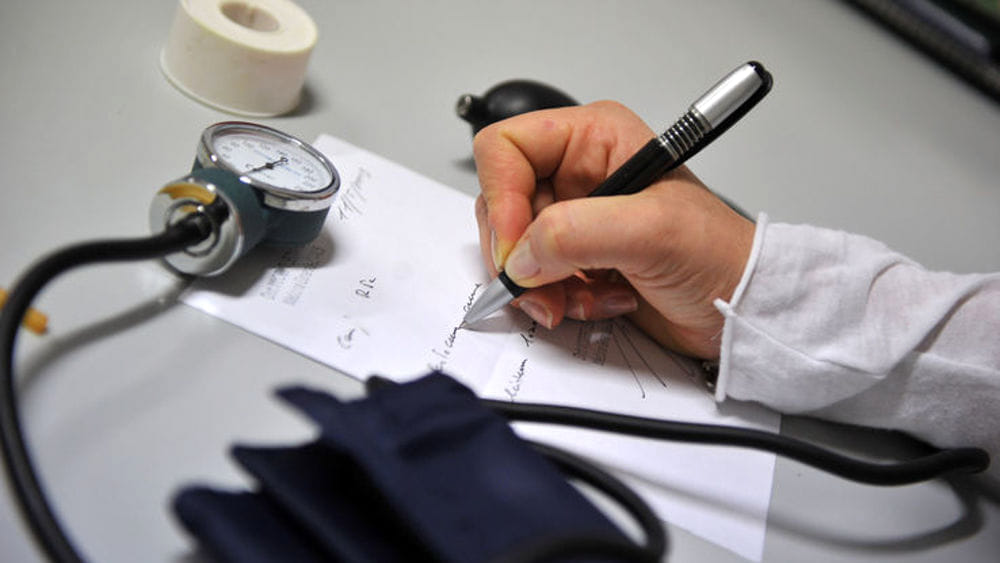From Monday 3 April, the complete dematerialization of medical prescriptions starts. For the so-called prescription paid by the National Health Service, which later became a ‘paper reminder’, this process had begun during the covid-19 emergency, by sending special text messages to prevent patients from having to leave the house to go to the your doctor and then to the pharmacy to pick up your medicines.
Now the dematerialization is complete: for the ‘paper memo’, in fact, it will no longer even be necessary to show the Electronic Prescription Number (Nre) received via text message from your doctor at the pharmacy, but it will be enough to have your valid health card with you to allow the pharmacist to view on the terminal all the prescriptions prescribed in Liguria for that user.
How does it work
Also from Monday 3 April, complete dematerialisation also takes place for medical prescriptions on dematerialized prescriptions for drugs not covered by the National Health System. With the entry into force of the dematerialized prescription for all types of prescription, therefore, those who go to the pharmacy, after giving their consent only for the first time, will have access to the system until possible revocation and will no longer have to show text messages and paper memos, which were often forgotten or lost, causing inconvenience and loss of time for both users and professionals.
The benefits
The new system will also have a significant impact on the work of doctors and pharmacists. In fact, it is estimated that every doctor in Liguria fills in around one hundred prescriptions every day and that this procedure can lead to a one-minute time saving for each prescription. Each doctor will therefore be able to recover an hour and forty, time that he can dedicate to his patients. The simplification will concern all pharmaceutical prescriptions, with the sole exception of those for minors and some special cases for which the use of different prescriptions is envisaged.
The dematerialized prescriptions issued in 2021 were more than 21 million (21,738,402 to be exact), with an average (excluding public holidays) of over 85,000 per day (85,249). In 2022 these rose to over 24 million (24,042,485), with a daily average of more than 95,000 (95,407). In these first three months of the year, the figure has come to exceed 6 million (6,262,965) with an average of 102,672 recipes per day (data updated to 28 March 2023).
Taking into account that in 2023 there will be a total of 250 working days, dematerialized prescriptions could reach 25 million 668 thousand. A process that also has significant environmental impacts: it is estimated that, in fact, by avoiding printing paper memos, around 3 million sheets of A4 format paper would have been saved already in the first three months of the year. To this must be added the significant lower use of toners.
